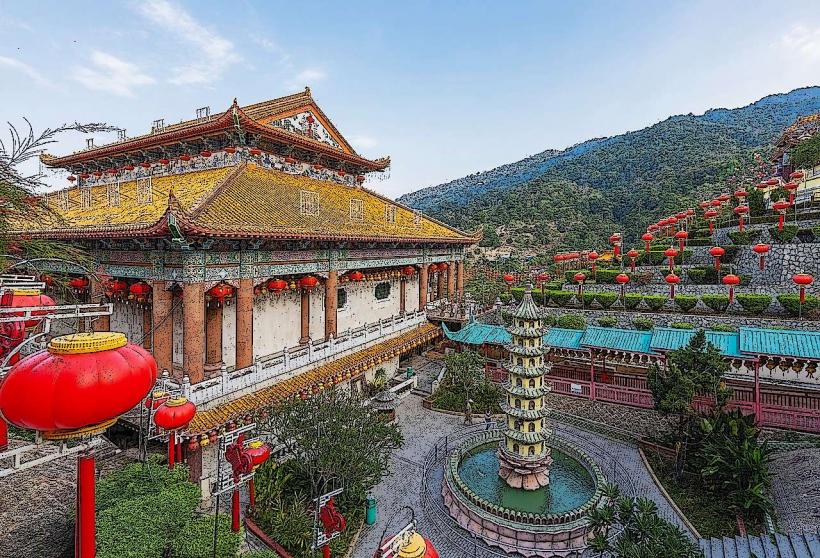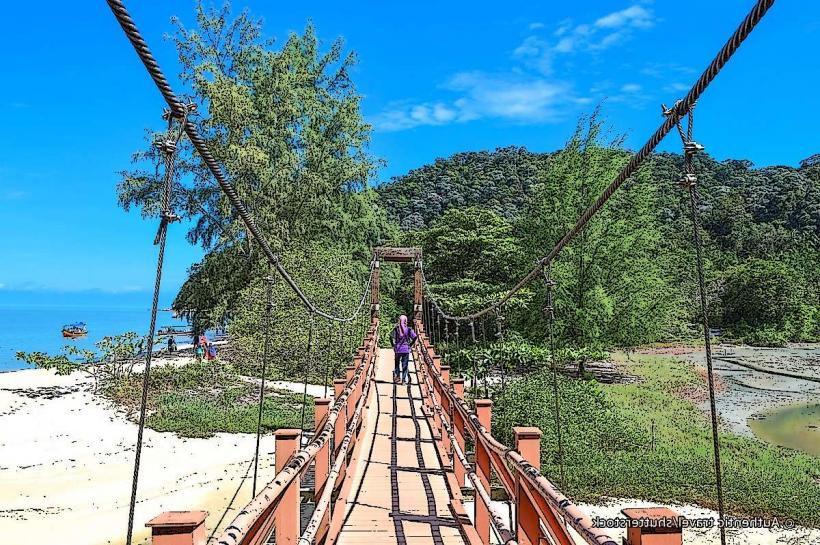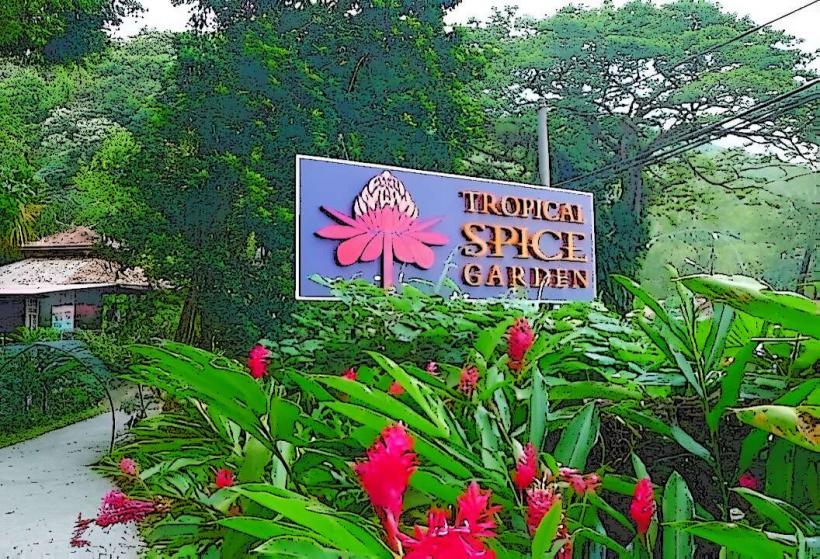Information
Landmark: Snake TempleCity: Penang
Country: Malaysia
Continent: Asia
The Snake Temple, also known as the Hutan Bandar Snake Temple or Serpent Temple, is one of Penang's most unique and fascinating landmarks. It is located in the town of Bayan Lepas on the southern coast of Penang Island, Malaysia, near the Penang International Airport. The temple is dedicated to Venus deva (the Buddhist deity) and is famous for housing live snakes, particularly venomous pit vipers, that slither freely within its grounds. This combination of religious significance and unusual wildlife has made the Snake Temple a popular tourist attraction.
History:
The Snake Temple was built in 1850 by a Chinese businessman named Cheng Hooi Seong. Originally, it was constructed as a place of worship for Cheng Choi, a Taoist deity, and as a memorial to the late Chinese monks who had passed away. Over time, the temple gained its unique reputation due to the presence of snakes inside.
The snakes are believed to be sacred and have become part of the temple’s charm and mystique. According to local legend, the snakes were attracted to the temple due to the divine aura or spiritual presence associated with the site. Over the years, it became known as the Snake Temple.
Snakes:
The temple is home to many snakes, most notably the pit vipers (specifically Malayan pit vipers), which are venomous but non-aggressive. These snakes are often found coiled up on the temple's altars, pillars, and trees. Visitors can see them resting peacefully in the temple or even around the courtyard and garden areas.
The snakes are kept in an environment where the temperature and humidity levels help them thrive. The worshippers believe that the snakes are drawn to the temple because of the spiritual energy or blessings of the Taoist deity.
Despite their venomous nature, the snakes are not dangerous if left undisturbed. The temple's caretakers provide regular feeding and care to the snakes, ensuring that they are healthy and well-maintained.
It is said that the snakes do not pose any threat to the devotees or visitors because the spiritual energy within the temple makes them peaceful and docile. However, visitors are still advised to exercise caution and avoid disturbing the snakes.
Architecture and Features:
The Snake Temple features traditional Chinese architectural elements, such as carved wooden doors, tiled roofs, and red lanterns. The temple's interior houses a variety of altars dedicated to various deities, including the primary focus, Cheng Choi.
The main hall of the temple is where visitors can see the snakes resting on the altars or hanging from the ceiling. The snakes, particularly the King Cobras and pit vipers, are often found in this central area of the temple, where offerings and incense are placed.
The courtyard of the temple is spacious, with statues of deities and tropical plants surrounding the area. Visitors may see the snakes roaming freely in the garden and on the temple grounds.
The entrance gate to the temple features a large decorative arch, which is common in Chinese temples, with intricate carvings and a welcoming atmosphere for visitors.
The Role of the Temple:
The temple is primarily a place of worship for the local Taoist community, where visitors come to offer prayers and seek blessings for good health, protection, and prosperity. The temple is often visited by both locals and tourists who come to admire the unusual snake presence.
Religious Festivals: The Snake Temple is especially active during Chinese New Year and other Taoist festivals, when special prayers, ceremonies, and rituals are held to honor the deities. The snakes are often involved in these celebrations as part of the cultural significance of the temple.
Snake Handling: In the past, there were reports of trained monks who could handle the snakes during certain rituals, but this practice has become less common for safety reasons. Still, some visitors enjoy the spectacle of the snakes and may even have the opportunity to hold non-venomous snakes under the supervision of caretakers.
Snake Conservation Efforts:
Over time, the Snake Temple has also become involved in snake conservation efforts. The caretakers of the temple work to maintain the health and well-being of the snakes. They educate the public on the importance of snakes in the ecosystem and aim to reduce fear and misunderstandings about these creatures.
The temple works with local authorities to ensure the snakes' safe handling and provides a sanctuary for them. Occasionally, the snakes are allowed to roam freely within the temple grounds, but efforts are made to prevent them from leaving the compound.
Visitor Experience:
Admission: Entry to the Snake Temple is generally free, though donations are encouraged to help with the upkeep of the temple and the care of the snakes.
Photography: Visitors are encouraged to take photos of the snakes and the beautiful temple surroundings. The peaceful coexistence of humans and snakes provides a unique photographic opportunity.
Opening Hours: The temple is open daily to visitors, and the best time to visit is in the early morning or late afternoon when the snakes are more likely to be active.
Nearby Attractions: The Snake Temple is located in Bayan Lepas, not far from Penang International Airport, and is within driving distance of other notable attractions such as the Penang National Park and the Penang Butterfly Farm.
Conclusion:
The Snake Temple of Penang is an intriguing blend of culture, religion, and wildlife. The presence of snakes in the temple, especially in such a sacred and serene environment, is what sets it apart from other temples in the region. For those interested in experiencing something unusual and gaining insight into Penang’s multicultural heritage, the Snake Temple offers a memorable visit. It is a place where nature, spirituality, and tradition come together in a harmonious and fascinating way.











